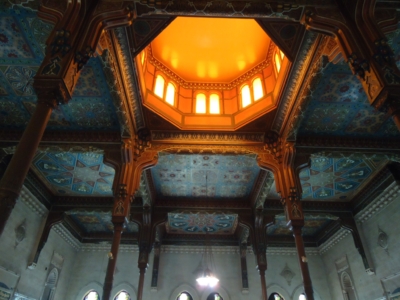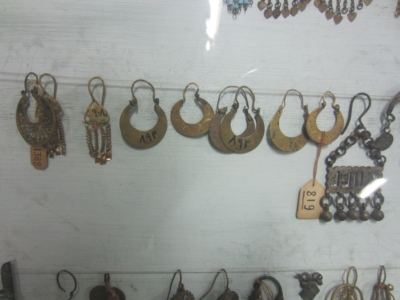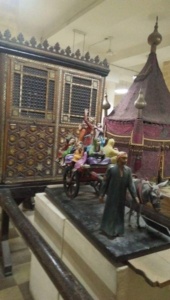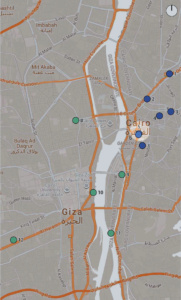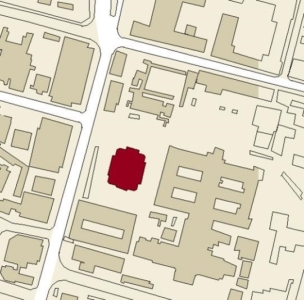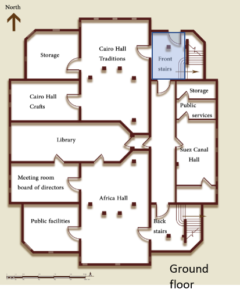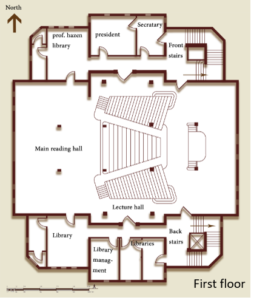المتحف الإثنوغرافي
Photo Gallery
| Address | 109 Qasr al-Ayni street, Downtown |
| Opening Hours | 8:00 am to 5:00 pm, Closed on Friday |
| Telephone | +20 2 27945450 |
| Date of construction | 1875 |
| Architect | Mario Rossi |
| Architectural Style | Neo-Pharaonic |
| Date of Inauguration | 1898 |
| Affiliation | Egyptian Geographical Society |
The museum was inaugurated in 1895. It is located within the Egyptian Geographical Society, which was founded by Khedive Ismail (r. 1863-1879) on the 19th of May 1875. The collection of the museum holds valuable objects showing the life and customs of the populations of the Nile Valley. The first objects were collected by the scientific expeditions sent by the Society to discover the Nile sources. The Egyptian Army also gifted the museum with rare photographs and objects from the 19th Century, showing the everyday life in the Sudan. Other gifts were donated by Egyptian and Foreign geographers. These objects were the nucleus of the museum’s collection when it was inaugurated.
In 1924, the Society commissioned Ernest S. Thomas to create the catalogue of the museum, and to study the collection and organize its display. Starting in 1928, the Society was acquiring new objects from Cairo and the rural areas to show the traditions and cultures of the Egyptians. The collection became then a fine example displaying the way of life on the Nile Valley.
The museum is divided into six sections. The first section is focused on Cairo with original objects from the 18th, 19th and early 20th century. The second section presents the traditional crafts, which are today extinct and replaced with machine production. The third section is a hall from an upper-class house in Cairo, with furniture and objects used for different occasions. The fourth section is dedicated to the life in the Egyptian countryside, with objects used in the daily life of the rural population. The fifth section is dedicated to Africa and the Nile Valley, with a valuable collection of weapons and music instruments as well as a large collection of photographs. The final section is dedicated to the Suez Canal.


